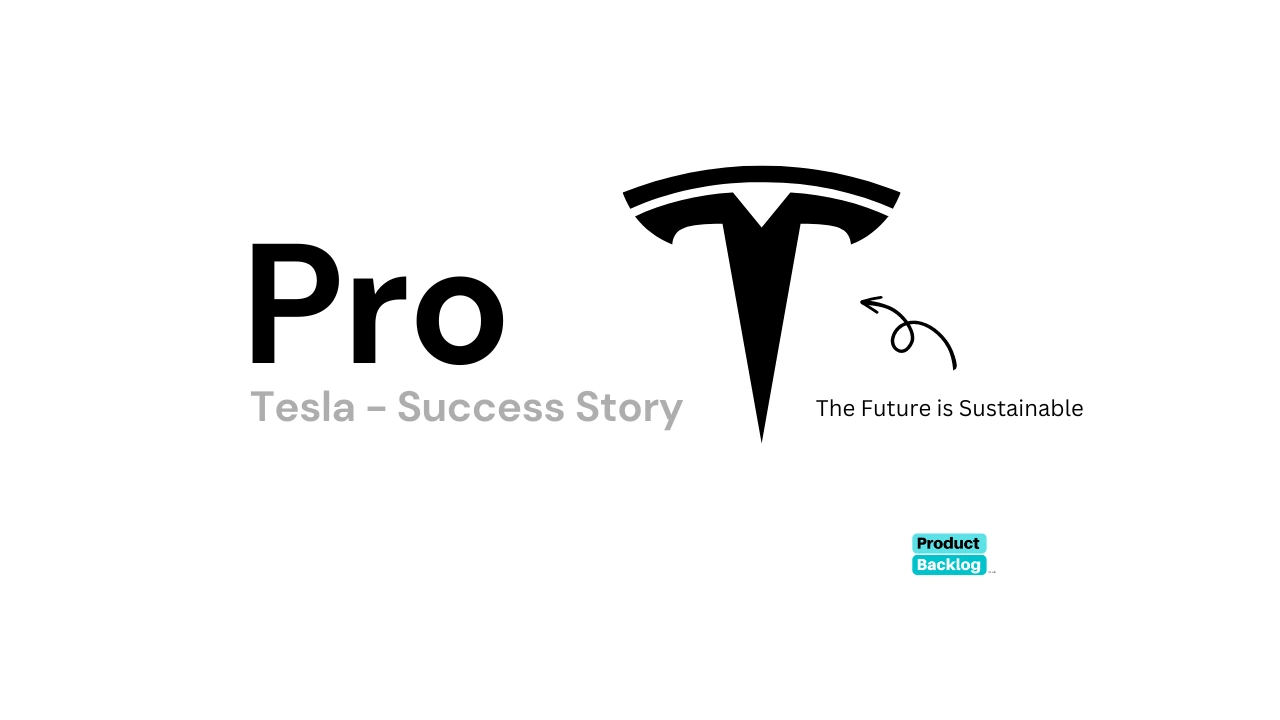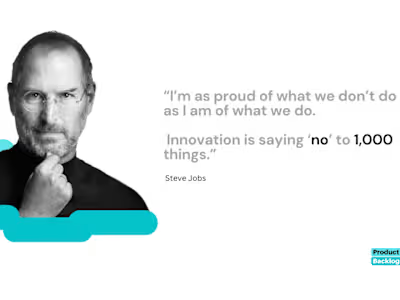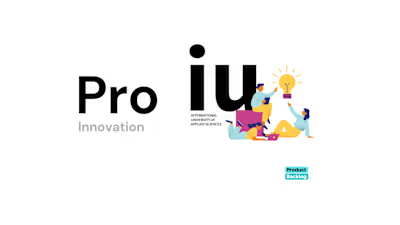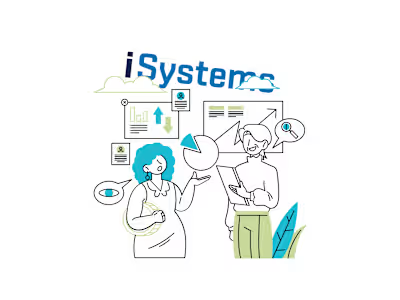Blog - A Case Study of Tesla’s Product & Project Dev Journey

Product & Project development journey of Tesla - Product Backlog Journey
Build sports car , Use that money to build an affordable car, Use that money to build an even more affordable car,While doing above, also provide zero emission electric power generation options. - Elon Musk
Tesla is one of the most successful companies in the automotive industry lauded for its innovation, design, and performance, but the journey to get there was not easy.
The company was founded in 2003 by a group of engineers who wanted to develop an electric sports car. The early days of the company were focused on building a proof-of-concept vehicle, which became the Tesla Roadster.
First Tesla Roadster - Product Backlog Club
It was not until 2008 when Elon Musk took over as CEO that Tesla began to shift its focus to a more consumer-centric approach to product development. Musk’s vision was to make electric cars a mainstream option, rather than just a niche product. To achieve this goal, Tesla began to prioritize user-centric design, creating products that were not just functional but also desirable.
Tesla’s success story is a prime example of how adopting agile and design thinking methodologies in product development can create a rapid and iterative development process. Tesla started its journey with the Model S, which was first released in 2012. The car was designed with the user in mind, incorporating features like a large touchscreen interface and a sleek, modern exterior that set it apart from traditional gasoline-powered vehicles. Elon Musk’s vision of an affordable and efficient electric vehicle that was both luxurious and sustainable transformed the automotive industry, putting Tesla at the forefront of electric vehicle innovation.
Tesla Model S - Product Backlog Club
Data analysis was another key factor in Tesla’s success. The company utilizes data analysis to understand its customers’ needs and preferences, optimize its production processes, and improve its product offerings. Tesla collects vast amounts of data from its cars, such as driving patterns, charging behavior, and battery performance, to inform its decision-making processes. This data is used to identify and fix issues and improve overall performance, ensuring that Tesla’s products meet the highest standards of quality and customer satisfaction.
Tesla Autopilot Demo - Product Backlog Club
In terms of product strategy, Tesla focused on creating a premium product with the Model S that would appeal to early adopters and pave the way for future mass-market electric cars. The company also implemented a roadmap that included the development of a range of electric vehicles, as well as the creation of a network of charging stations to make it easier for drivers to use their electric cars on long trips.
Overall, Tesla’s product strategy, roadmap, and execution have set a high bar for the industry, revolutionizing the way we think about sustainable transportation. By prioritizing user-centric design and adopting cutting-edge methodologies like Agile and Design Thinking, Tesla has not only created successful products but has also disrupted an entire industry, inspiring others to follow in their footsteps.
Interested in learning more about strategies for developing successful products and projects? Read PART 2 of this series.
Subscribe to the Daily Newsletter series Product Manager essential 101 by Product Backlog Club for content on Product vision, strategies, roadmaps, backlog, and many more.
Like this project
Posted Jul 17, 2023
I've created this blog that offers an overview of Tesla's success story








